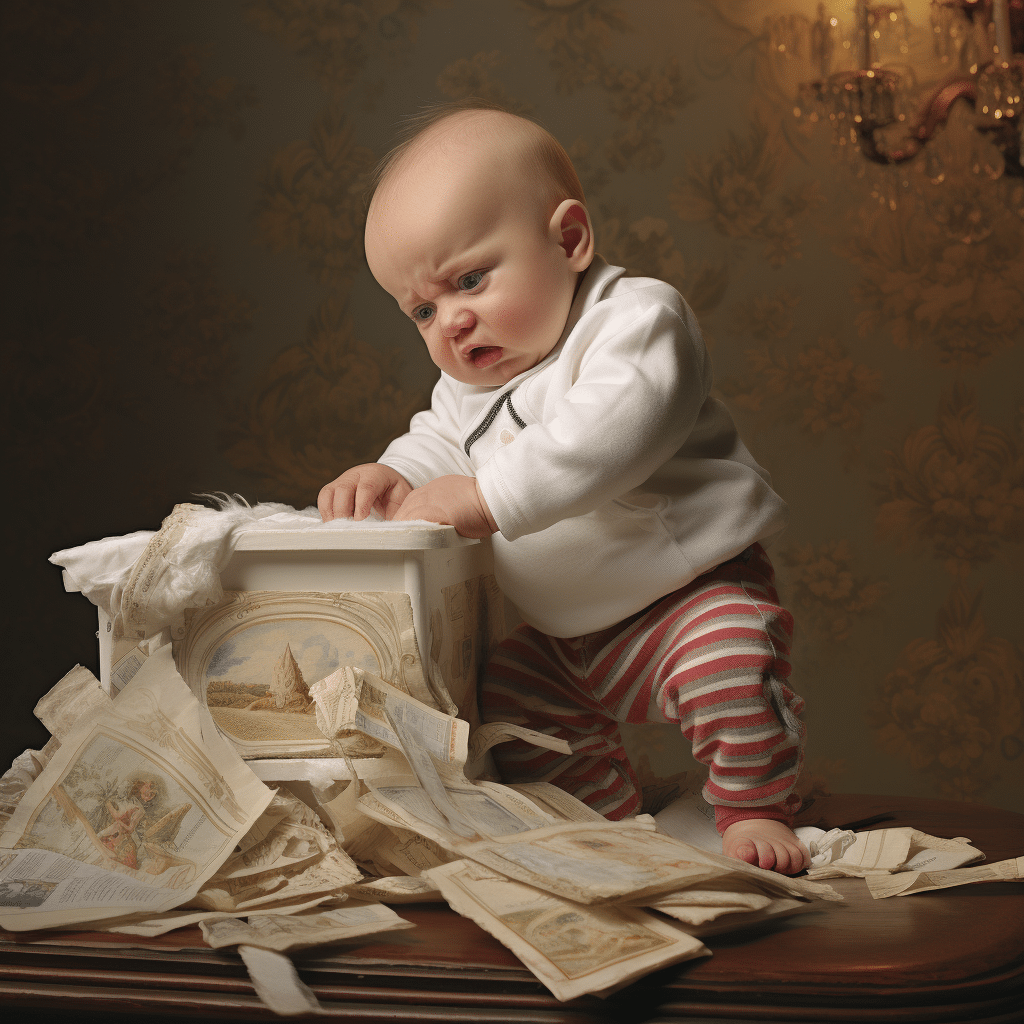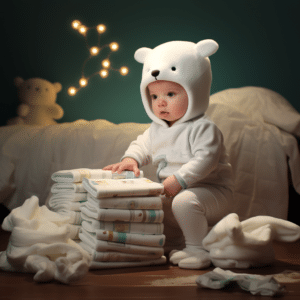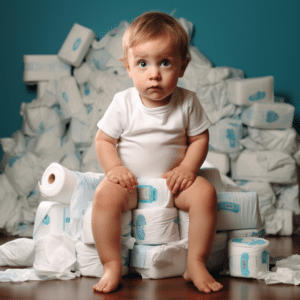
Do I Need to Change a Poopy Diaper Right Away?
While changing diapers may not be your favorite part of being a parent, it is an important element of the baby care package. It’s also crucial for babies because changing the diaper whenever it’s wet or soiled helps avoid irritations and diaper rash.
We’ll go over everything a new parent needs to know about changing a baby’s diapers in this post, including how to make the job as simple as possible.

Is it Necessary to Change a Poopy Diaper Right Away?
Poopy diapers should be changed as soon as it is evident that your baby has pooped. Poop can irritate your child’s skin or set the stage for a bladder infection, which is more common in young girls.
It’s probably safe to leave a wet diaper on for a bit longer with super-absorbent diapers, mainly if your baby is sleeping; there’s no need to wake your child up to change a wet diaper. However, if you notice a soiled or wet diaper, it’s time to change it.
What are the Important Diapering Essentials to Have At Hand before Changing Your Baby’s Diapers?
Make sure you have the following diapering basics on hand before you start changing your baby’s diapers:
- Clean diapers. Before beginning the diaper-changing process, it is good to have some clean diapers ready.
- Wipes, washcloths, or clean cotton balls. Warm water and a cotton ball should be used to clean newborns under one month old and those with diaper rash, and a washcloth should be used to dry them. You can use wet wipes for older infants; opt for hypoallergenic wipes free of smell and alcohol.
- Clean changing clothes. If your baby’s diaper has leaked, you’ll need some clean changing clothes.
- Waterproof pants or diaper wraps that are clean. If you’re using cloth diapers, this will be vital to have on hand.
- Ointment. This is necessary since it helps to prevent diaper rash. It also creates a barrier between your baby’s fragile bottom and skin-irritating urine and poop if they have diaper rash. Baby powders, oils, and lotions aren’t required.
- Tender touch. Your soothing voice and touch can help you change diapers more easily.
- A source of distraction. If you have a squirmy infant, keep your child’s favorite toy visible as a distraction.
Once you’ve gathered everything, you’ll need to clean and wash your hands. If that’s not an option, wipe them down with a diaper wipe.
How to Detect If a Diaper is Wet or Dry
You’ll probably know when your little one poops by the grants and grimaces that alert you; otherwise, you’ll receive a whiff shortly after your baby is done.
If you’re using disposable diapers on your baby, you’ll notice a change in color on the liquid-sensitive, color-changing stripe on the diaper if they’ve peed a lot. Using cloth diapers, you’ll be able to tell if they’re wet by touching them.
How to Change a Diaper on a Baby
Whether you’re using disposable diapers or cloth diapers, the essential steps for changing a newborn’s diapers are the same.
Lay Your Little One Down on a Clean, Soft, and Secure Surface.
A changing table, a dresser with a changing pad, and a crib bed (ideally protected with a waterproof pad or a towel) are all viable options. Cover the surface with a protective cloth if you’re not changing on your own changing table.
Keep one hand on your little one at all times, no matter where you’re changing diapers from, even if your baby hasn’t started to roll over. Strapped-in babies should also be kept within arm’s reach.
Unfasten the Diaper and Clean Your Little One
Open the diaper and assess the situation; then, for both boys and girls, follow the same basic rules:
- For a wet diaper. Fold the dirty diaper underneath your baby’s bottom so that the clean outer part slides under their bottom, and clean the area.
- For the poopy diaper. Wipe as much of the poo using the diaper as you can, then fold the diaper underneath the baby’s bottoms. Lift one of the baby’s legs and thoroughly clean the baby’s front with wipes or warm water, making sure to get into all creases. Next, lift both legs and thoroughly clean the baby’s bottom.
When your baby’s diaper area is clean, remove the soiled diapers and replace them with new ones before releasing their legs. Before placing your baby on a clean diaper, pat them dry.
If your baby’s umbilical cord is still attached and you don’t have the special newborn diapers available, fold your baby diaper down to expose the umbilical area to air and avoid getting it wet. Secure the diaper tightly to prevent leaks, but not so tight that it irritates.
The tabs on disposable diapers go in the rear, underneath the baby, and then wrap around the front.
Here are a few more things to keep in mind when changing a baby’s diaper:
- To avoid having a poo in the vaginal area, girls should be wiped from front to back. There is no need to clean the interior of the labia.
- When boys are undressed, keep their penis covered with a clean cloth or diaper to avoid an unpleasant surprise in the form of fountain urine. Expect an erection at some point, and don’t be afraid to clean around the penis and scrotum gently. To prevent leaks, point their penis down when getting their diapers on.
Throw Away the Dirty Diaper
Wrap the disposable diapers into a ball and secure it with the tab fasteners. The disposable dirty diaper should be placed in a plastic bag, diaper pail, or garbage container. Never, ever, ever flush a diaper down the toilet.

On the other hand, place the cloth diapers in a pail with a tight lid or a vinyl bag if you’re out until you’re ready to wash them.
Dress Your Child
Now that you’ve finished, redress or change your baby’s clothes and sheets as needed.
Wash Your Hands
Wash your hands with soap and water to complete.